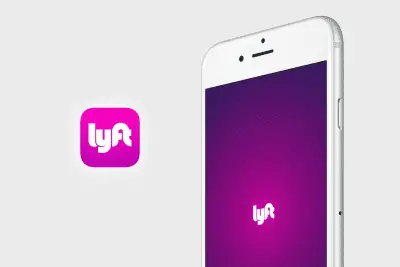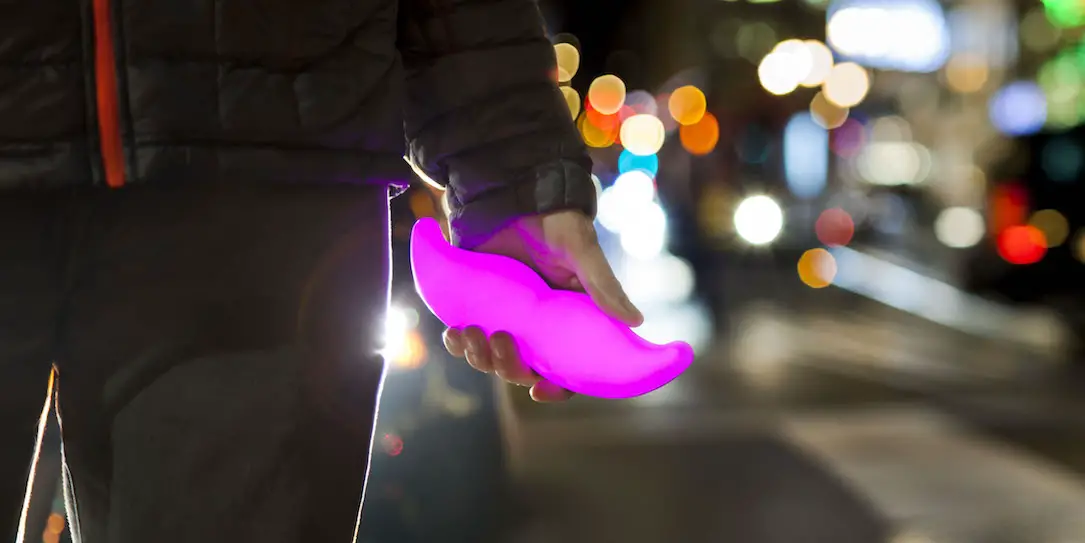Change is inevitable in the automobile industry, and anyone who doesn’t believe it should take a long look into the future of the ridesharing service called Lyft. The idea is simply complex. Use an app on your phone to book a ride to or from virtually anywhere in town. It started in 2012 as what many considered to be a weak competitor to Uber (formerly thought of as the ridesharing king) but recently Lyft has made known that second place is not in their vocabulary.

Before Lyft, Uber began it’s run to the top as a $62.5 billion start-up and many thought that Uber was always going to be the leading force behind driverless cars, freedom from car ownership, no insurance, and ease of travel. Lyft came on the scene with a pink mustache and a recipe for success. What no one saw coming was the $100 million Carl Icahn invested in Lyft in 2015. Very quickly a major competition arose and Uber had a very real reason to be concerned. Today Lyft is valued at $5.5 billion and has been bolstered by investments from General Motors and partnerships with India’s Ola, Southeast Asia’s Grab, and Chana’s Didi Chuxing. The GM investment has spurred much anticipation for driverless cars and the partnerships in the Asian markets have put Uber in a defensive position nearly overnight.
In a telling interview with Vanity Fair, Lyft owners Logan Green and John Zimmer discuss the future of their company which includes cities built around an emphasis on people rather than parking lots, roads, and cars. In fact, in this future city they dream of people will not own cars because they will not need cars. If that sounds like something out of a science fiction book or movie the notion is not far off base.
Lyft’s World Domination
Step 1: Allow drivers to earn extra money using personal vehicles without the driver having to purchase their vehicle.
Enter Lyft’s Express Drive program. Using Express Drive Lyft has been able to offer cars to some 160,000 applicant drivers to rent rather than own the car they will use to drive for Lyft. Drivers can be their own boss, pay almost nothing for a rental including insurance, and earn up to $35/hr while driving for Lyft. If you want more information, you can read more about Express Drive.
Step 2: Plan to automate everything… including the driver.
Lyft is already very automated in many ways. Request a ride from Lyft and then finish your meal, as soon as your car arrives a notification on your phone lets you know the car is ready, simply enter your destination, get in the car, ride, get out of the car, and Lyft bills your credit card on file. It’s luxury car service for anyone with a smartphone. In the future though, everything will be automated. Lyft is working closely with General Motors to shape what the future of driverless autonomous cars will be, with the driving force behind the automation being that riders would request these driverless cars though the Lyft app.
Since automated cars could provide better service to riders the preference would be a simple upsell to consumers. Human drivers don’t like to drive all hours of the night, and even avoid some parts of town. Autonomous vehicles would not have these issues and they would be able to sit for hours waiting on a ride request without boredom, fatigue, or worried thoughts about how much money they are missing out on across town when the club closes down. Autonomous cars would always be available and the expected wait time for a vehicle at your service is 30 seconds.
Step 3: Continue to provide top notch service in the interim.
Estimates are that it will take another 5 years before autonomous cars are on the roads, with these first vehicles being very limited. Speeds will likely be limited to 25 mph and they will only be able to travel during ideal road conditions on a limited number of roads. Yet as with all technology, autonomous cars will adapt and evolve to serve a broader purpose. When the technology advances far enough for people to trust these driverless cars there will be a decreasing need to own a car in favor of taking a Lyft. This will be at least 8 to 10 more years. Until then Lyft plans to keep up it’s record for high ratings among riders and drivers. In fact, with 8 out of 10 drivers preferring to drive for Lyft, it seems there will always be drivers when and where they are needed.
World Domination
Think of a future without that monthly loan or lease payment or even without your car insurance payment! If fewer people own cars there may even be a need for fewer parking lots because the cars will not sit idly while we’re at work, at the mall, the movies, or even at home. Close your eye’s and think of Doc from Back to the Future saying “Where we’re going we don’t need roads.”
What do you think about the future of driverless vehicles, Lyft, and flying time machines? Let us know in the comments, or on Google Plus, Twitter or Facebook.
[button link=”http://www.vanityfair.com/news/2016/06/lyfts-plan-self-driving-cars-uber-world-domination” icon=”fa-external-link” side=”left” target=”blank” color=”285b5e” textcolor=”ffffff”]Source: Vanity Fair[/button]










